One of the enduring facts of home ownership is that maintaining your abode is never really done. There’s always something that needs to be upgraded or updated. That is doubly true in multifamily communities. Whether you’re in an urban high-rise or a suburban townhome development, there are common areas ranging from lobbies to hallways to clubhouses that need some TLC on a regular basis in order to remain attractive, functional, and safe.
What Needs to Be Done?
While upgrading and updating common areas can certainly be a major undertaking involving permits, big equipment, and weeks of dust and disruption, that need not always be the case, says Daniel Skolski, an interior designer and principal of DMS Design, located in Peabody, Massachusetts. “The difference between an upgrade and a major project is that [an upgrade] doesn’t require a building permit,” he says. If you’re not moving doors, or walls, or sprinkler heads, or fire alarm stations, it’s not a major renovation. Painting, new wall or floor coverings, replacing ceiling tiles without fire rating—that’s a refresh, not a redo. Refreshes or upgrades happen once every 10 to 12 years, and bigger renovations, maybe every 15 to 25 years.
“The first and most important component in refreshing or upgrading common areas,” Skolski continues, “is to meet with the residents and establish design goals. What is the intent? What does ‘update’ mean to them? Are they in it for a new look? To address a functional problem? You need to know and understand their goals. Then we look at the space and understand how it functions. Do existing uses stay where they are? We look at finishes, and at artwork and furniture, and question residents for updates. Do we need to change base materials? Another big impact is lighting—that has a huge impact on how the space functions and looks.”
Tackling the Problem
Marilyn Sygrove is an interior designer and principal of Manhattan-based Sygrove Associates Design Group and works with all types of residential communities throughout New York and New Jersey. She breaks down the categories to be considered for refreshing and upgrading public and common areas into the following: paint, wall coverings, upholstery, artwork, and lighting.
“A board can never go wrong with a fresh coat of paint in any of their public spaces,” says Sygrove. “If there presently is wall covering on the walls, then a fresh coat of paint on the ceilings, doors and doorframes, and any previously painted trim will do wonders. And a new paint job also gives you the opportunity to tweak—or radically change—paint colors at the same time.”
And even if your wall coverings are looking seriously beat-up, that doesn’t necessarily mean they have to be completely replaced. “When it comes to wall covering,” Sygrove continues, “we’ve seen filthy vinyl wall covering that has tears, or seams spreading that look atrocious. There is at least one company that we know of that will come in and completely clean the existing wall covering and glue back open seams. A board may want to set up a schedule to do this type of routine maintenance every few years.” And, she adds, “If there is leftover wall material hidden away in the basement, they can actually use that to do undetectable patches. If they don’t have any additional material, it can likely be replicated—but a designer’s assistance may be needed to get that done. Generally, manufacturers have minimums to produce wall covering that’s not one of their running lines, so you would need to inquire about that.”
When it comes to lobby or other common area furniture, Sygrove says, upholstery can be professionally deep-cleaned, or replaced on a select few pieces in a new, more cleanable, durable fabric. “This one lift can make a world of difference,” she says, also noting that “it may also be time to edit your artwork—for a modest amount of money, replacement art or mirrors can be found. Even reframing attractive existing art will be impactful to a common space.”
Lighting, as mentioned previously, may be the most important component in making a common area feel inviting—or oppressive. Inadequate or poorly-placed lighting can make your halls look dingy and institutional. Simply putting in fresh light bulbs can make a world of difference. “Be mindful of the color temperature of the new bulbs,” says Sygrove, “as color temperature does affect the color of all of the existing materials and paints. Make sure that all of the bulbs are the same color temperature and wattage. And cleaning all of the decorative light covers, or globes, will help, too.” This is something your building staff can do for very little expense—no special equipment or professional guidance required.
Trends, Do’s, & Don’ts
“The big trend today is brightness,” says Skloski. “Many buildings have long, dark hallways with boring finishes put in by the original developer. Over time, hallways and other common areas get dreary and dinged up. They’re tired and dirty. We use color and lighting and the use of accessories—furniture, art, and especially plants—to brighten things up. One practical technique we use is what we call ‘wayfinding’ to help people find their way through the space. We employ pop-up colors, signs, and accent colors on walls or door frames like a map—you might have different colors or accents for different floors, for example, that tie into something in the elevator. It points you in the right direction to find your way in the building.”
Sygrove advises boards not to undertake design work themselves. “Don’t select colors by committee or an individual, even if there is a decorator living in the building,” she cautions. “It’s too risky. For the relatively small expense of hiring an outside designer, you will get the right options, and they don’t live in the building, so they come with an objective eye. You will never be condemned for spending a modest amount of money to do it professionally. If you must do it yourself,” she says, “get consensus.” One way to do that, Sygrove says, is to send out a survey and get hard data about what residents prefer in terms of paint and upholstery colors and subject matter for artwork. Having facts to support your selections can help avoid arguments over subjective tastes and aesthetics.
Clubhouses
When selecting clubhouse décor, Sygrove strongly advises working with a seasoned designer with direct experience in this type of decor, and the means to source pieces that are both attractive and can stand up to the wear-and-tear of dozens—or even hundreds—of users. “As we know, clubhouse furniture and furnishings get used, abused, and destroyed,” she says, “so purchasing at retail is a mistake.”
Color palette is another angle to consider, say the pros. While an accent or pop of color can add some visual zest to a space, “it’s always about neutrals in a clubhouse setting,” says Sygrove. “They’re soothing and safe. This year’s universal forecast for color is a neutral with a very soft green blush. This color can be used as the predominant wall color, coupled with an off-white or creamy white, which looks very sophisticated. Flooring should be a darker, more grounded color with just a hint of your neutral to tie the package together. This can be carried through to the artwork.”
Along with aesthetics, a common-area upgrade should also take accessibility and functionality into account. “In over 55 communities,” says Skolski, “we focus on accessibilities and functional design. We watch out for tripping hazards, etc. The residents may need mobility devices, and you need space for them. We may put corner guards on walls, and leaning rails or chair rails in hallways to help with mobility. And if there is a major redesign, we may widen the hallways themselves. In multi-generational buildings you may need to consider this as well and should bring it up to the board.”
When considering a refresh or an upgrade to your own common spaces, even if you’re operating on a modest budget, don’t cut corners on the job. Focus on durability, sustainability, and value for the dollar. Switch to LED lights, and paints and carpets that are environmentally friendly, too. If you can reuse something you’ve already got, do it. Refreshing your common areas is an excellent way to improve resident morale and increase value.
A J Sidransky is a staff writer/reporter for CooperatorNews, and a published novelist. He can be reached at alan@yrinc.com.



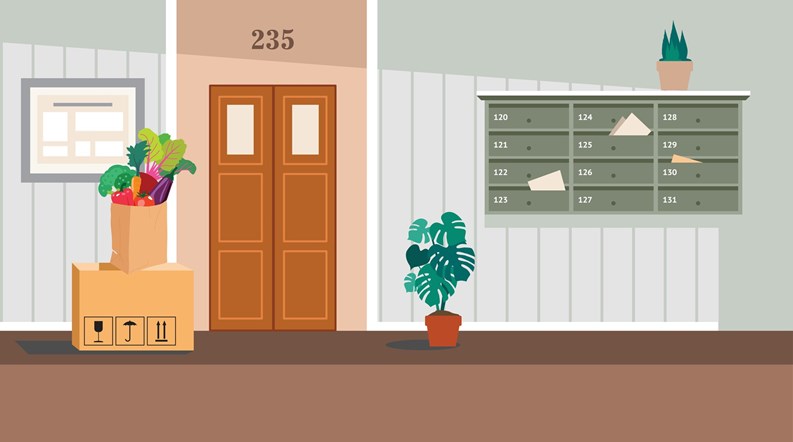
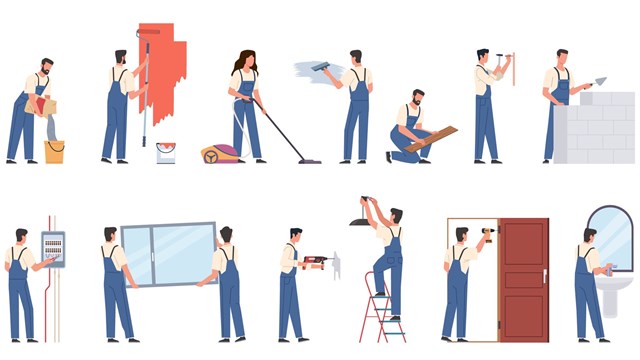
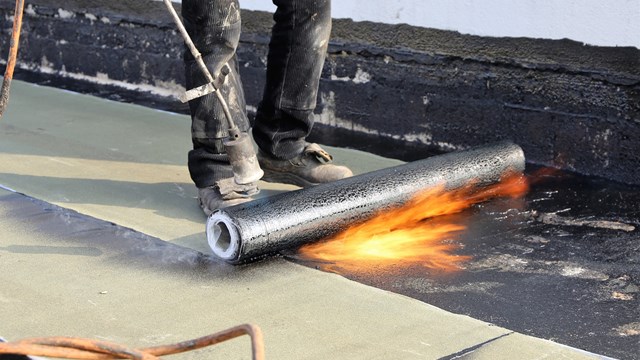
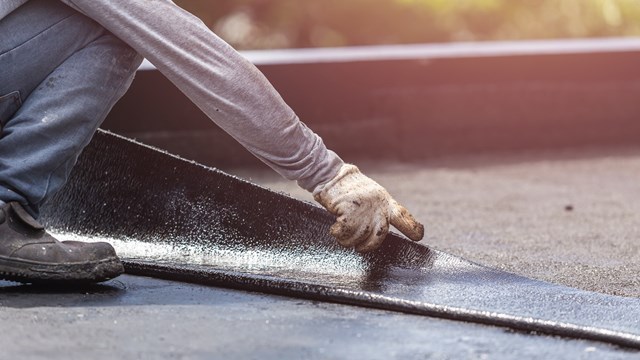

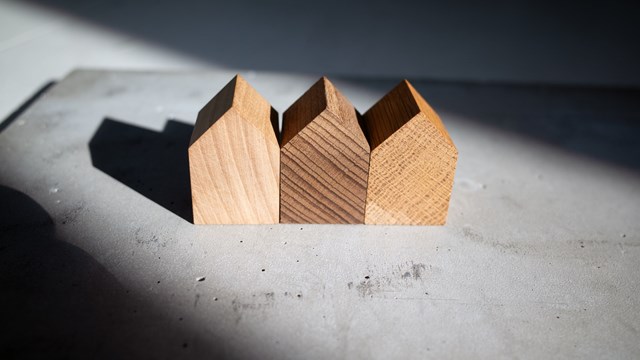

Leave a Comment